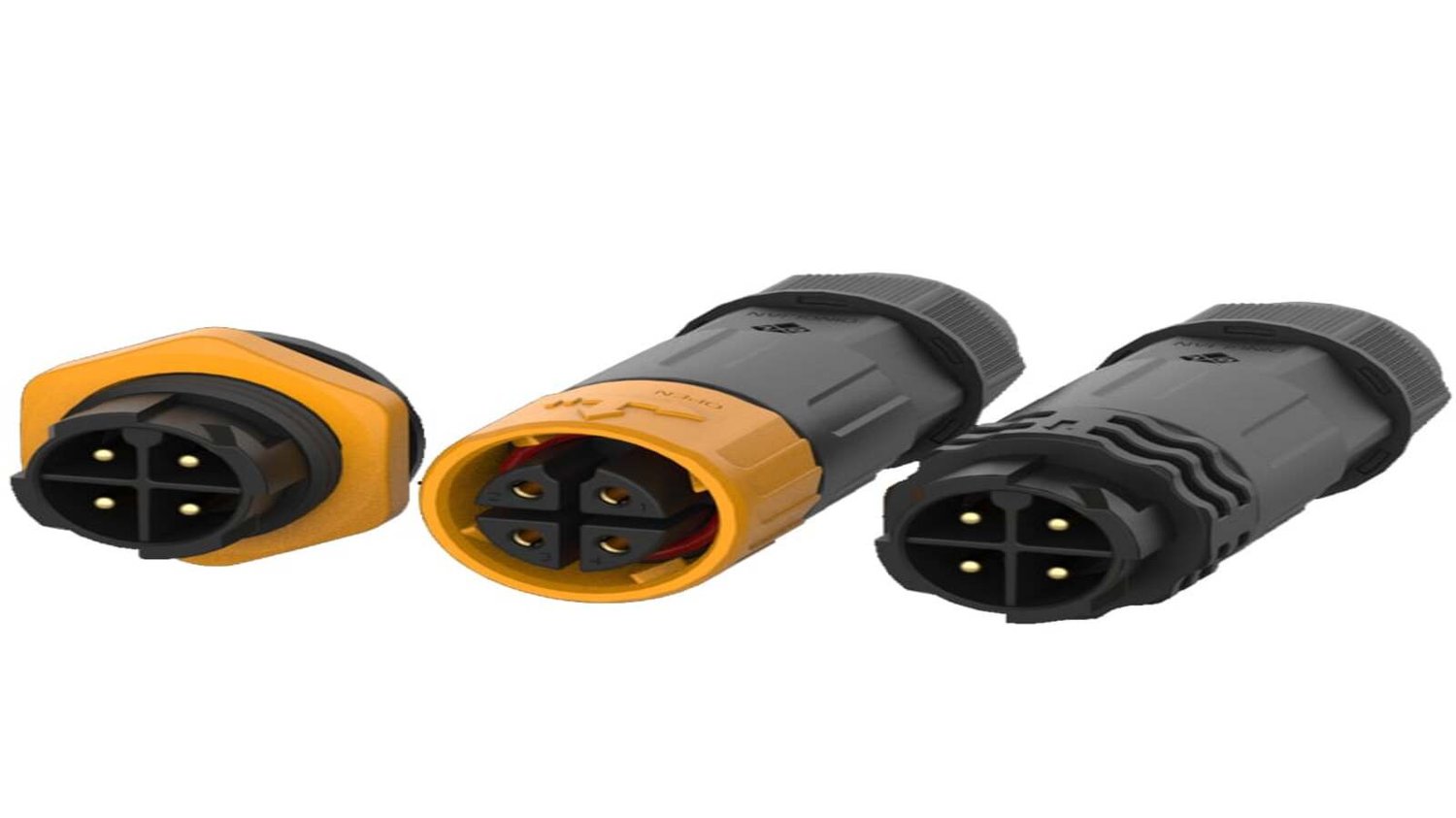Introduction
16 pin connectors are used in various electronic and electrical devices for connecting multiple wires or cables. These connectors come in different shapes and sizes, depending on the application and industry, and are designed to ensure secure and reliable connections. In this article, we will discuss the various aspects of 16 pin connectors, such as their types, uses, advantages, and more.
The Different Types of 16 Pin Connectors
There are two main types of 16 pin connectors: male and female connectors. The male connectors have pins that protrude outwards, while the female connectors have sockets that receive the pins. These pins and sockets are arranged in a specific pattern to ensure smooth connectivity. There are also various subtypes of 16 pin connectors, such as circular, rectangular, D-sub, and more, which further categorize them based on their shape and size.
The Use Cases of 16 Pin Connectors
16 pin connectors find their application in various industries, such as automotive, aerospace, medical, and more. In the automotive industry, these connectors are used to connect the different parts and systems of a car, such as the engine, transmission, and sensors. In the medical industry, they are used to connect medical devices and equipment to each other and to the patient. In the aerospace industry, they are used in avionics systems for communication and data transfer.
The Advantages of 16 Pin Connectors
There are several advantages to using 16 pin connectors. Firstly, they ensure secure and reliable connections, reducing the risk of wire pulling out or snapping off. Secondly, they save space and reduce clutter as multiple wires can be connected through a single connector. Thirdly, they are easy to use and maintain, as the pins and sockets are designed for easy insertion and removal. Fourthly, they offer a high degree of customization, as different pin and socket configurations can be used to meet different needs.
The Disadvantages of 16 Pin Connectors
Despite their advantages, there are some disadvantages to using 16 pin connectors. Firstly, they can be quite expensive compared to other types of connectors. Secondly, they may not be compatible with all devices or systems, depending on the pin and socket configuration. Thirdly, they may not be suitable for high voltage or current applications, as the pins and sockets may not be able to handle the load. Fourthly, they may require additional protection or sealing to prevent water, dust, or other contaminants from affecting the connection.
How to Choose the Right 16 Pin Connector
When selecting a 16 pin connector, there are several factors to consider. Firstly, the shape and size of the connector should match the application and industry requirements. Secondly, the pin and socket configuration should be compatible with the devices or systems it will be connecting. Thirdly, the material of the connector should be strong and durable enough to withstand harsh environmental conditions. Fourthly, the connector should be able to handle the voltage and current requirements of the application.
The Installation and Maintenance of 16 Pin Connectors
The installation and maintenance of 16 pin connectors are relatively simple. During installation, it is essential to ensure that the pins and sockets are aligned correctly and inserted firmly. The use of a mating guide or alignment key can help in this regard. Regular maintenance includes checking for any signs of damage, such as corrosion, wear and tear, or loose connections, and replacing the connector if necessary. It is also essential to keep the connectors clean and free from dust and debris.
The Importance of Testing 16 Pin Connectors
Testing 16 pin connectors is crucial to ensuring their functionality and safety. Various tests can be conducted to check the connector's electrical resistance, insulation resistance, voltage resistance, and other parameters. These tests can be carried out using specialized equipment and procedures, such as a multimeter, insulation tester, and high voltage tester. Testing can help identify any potential faults or defects and ensure that the connector meets regulatory standards and requirements.
The Future of 16 Pin Connectors
The future of 16 pin connectors looks promising, as they continue to find their application in newer industries and technologies. With the rise of electric and autonomous vehicles, the demand for reliable and efficient connectors is increasing. Similarly, the medical and aerospace industries are also exploring new ways to use these connectors for advanced diagnostics and communication. With the advent of 5G and IoT, the need for high-speed data transfer and connectivity is also driving the development of innovative 16 pin connectors.
The Bottom Line
16 pin connectors are essential components in various electronic and electrical devices. They offer a secure and reliable way to connect multiple wires or cables and ensure smooth communication and data transfer. By understanding the different types, uses, advantages, and disadvantages of these connectors, one can make an informed decision when selecting and using them.

